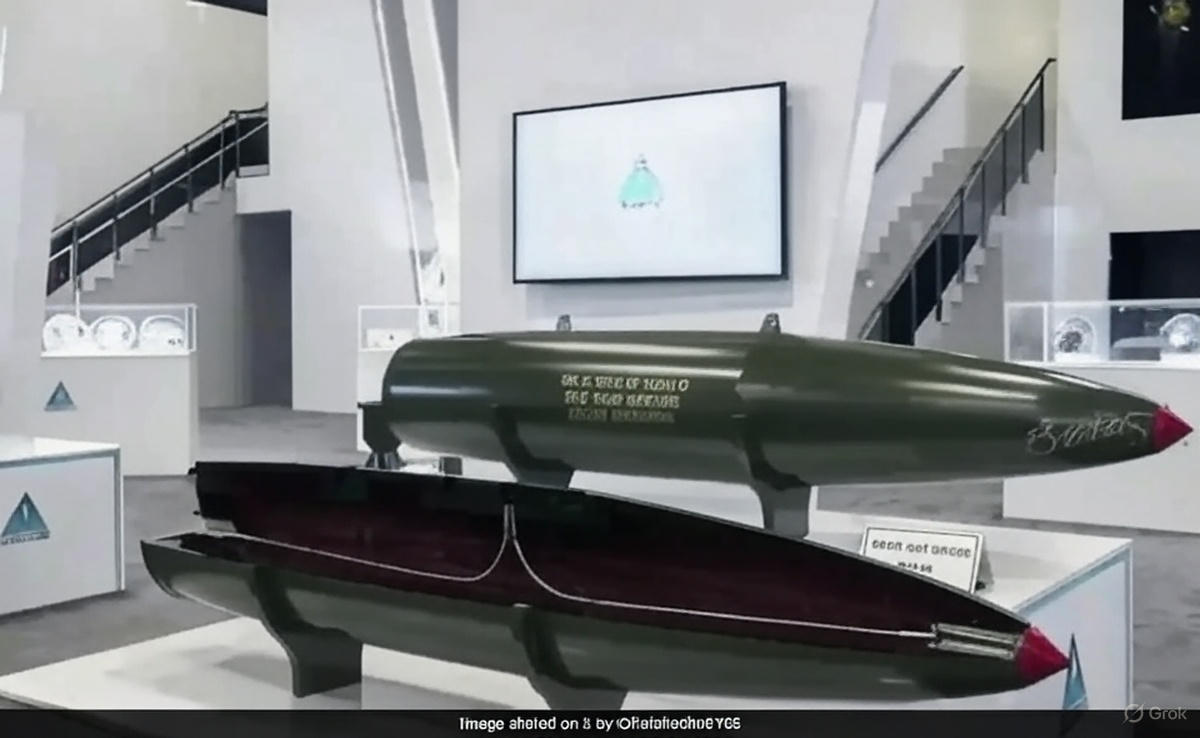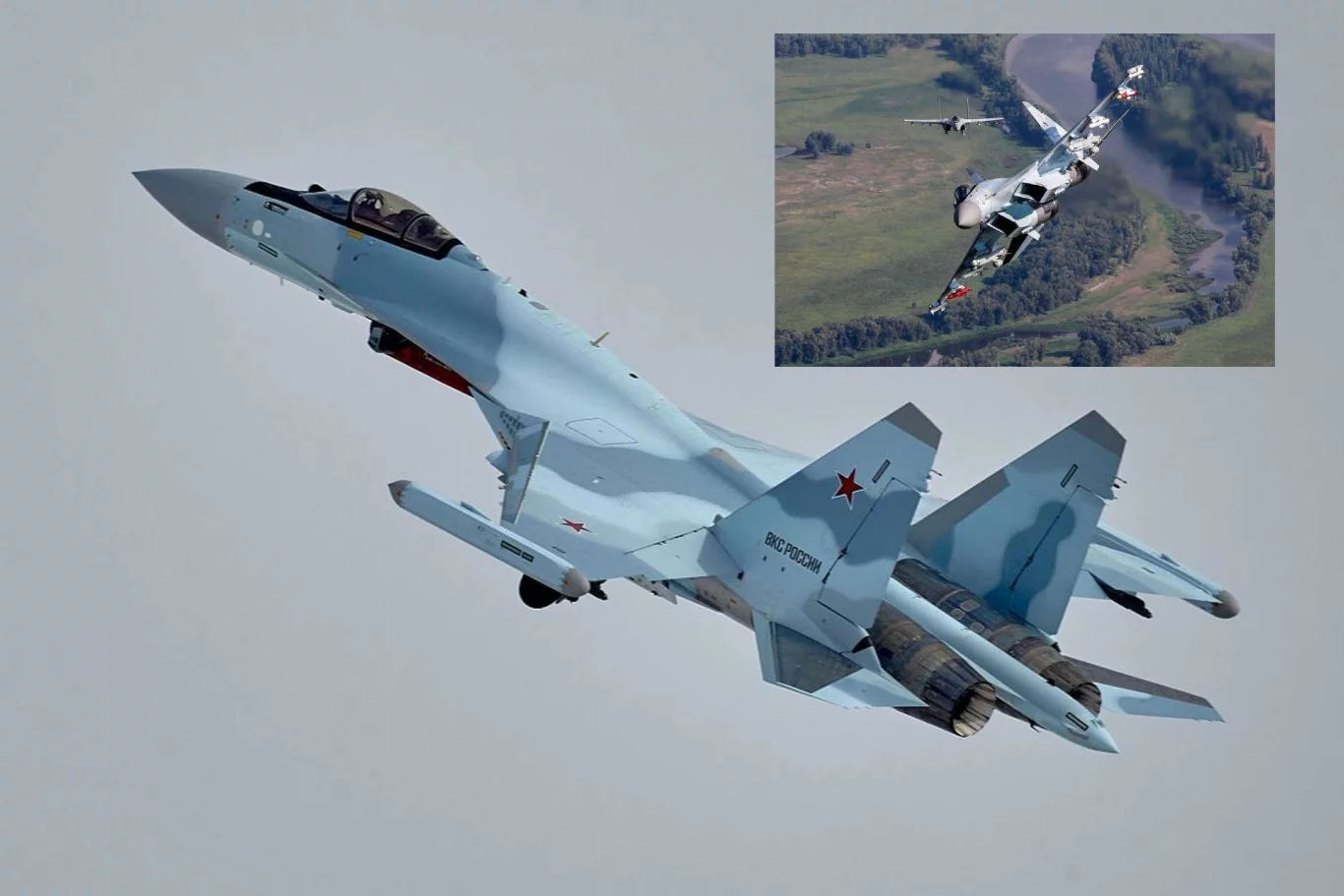In a significant advancement for Türkiye’s indigenous defense capabilities and a testament to its growing prowess in unmanned systems, the STM Alpagu loitering munition has officially entered the inventory of the Turkish Armed Forces (TSK). This deployment marks a crucial step in enhancing Türkiye’s scalable and precise strike capabilities, particularly for dismounted infantry and special forces operating in complex, contested environments. The Alpagu, often referred to as a “kamikaze drone” or “suicide drone,” represents a modern, cost-effective solution for precision engagements, minimizing collateral damage while maximizing tactical effectiveness.
Developed by Savunma Teknolojileri Mühendislik ve Ticaret A.Ş. (STM), a leading Turkish defense technology company, the Alpagu is a prime example of the innovative solutions emerging from Türkiye’s rapidly maturing defense industry. It’s designed to be a lightweight, man-portable system that can be quickly deployed by a single operator or a small team. This ease of deployment is a game-changer for tactical units, providing them with an organic, on-demand precision strike capability that was previously only available through larger, more complex, and often slower, support assets.
The core concept behind a loitering munition like the Alpagu is its ability to “loiter” – or circle and observe – over a target area for an extended period before identifying and engaging a specific target. This provides critical flexibility:
- Target Confirmation: Operators can positively identify a target before committing to a strike, reducing the risk of engaging unintended targets.
- Dynamic Targeting: The drone can adjust to moving targets or unexpected changes in the battlefield, waiting for the optimal moment to strike.
- Intelligence Gathering: While loitering, the drone’s onboard cameras can provide real-time reconnaissance and surveillance, feeding critical intelligence back to the operating unit.
The “500M” designation in Barracuda 500M is also noteworthy, almost certainly indicating a range of 500 kilometers. This range is significant under international arms control regimes like the Missile Technology Control Regime (MTCR), which often places restrictions on missiles with ranges exceeding 300 km and payloads over 500 kg. However, given Poland’s status as a NATO ally and the nature of this co-production, such a range would be fully compliant and strategically appropriate for its defensive needs. It positions the missile as a theater-level strike asset, capable of impacting areas of strategic importance to Poland’s security.
This collaboration also carries broader implications for European defense and NATO. As Eastern Europe grapples with renewed security concerns, bolstering the defense capabilities of frontline states like Poland is paramount for the alliance’s collective security. The co-production of a sophisticated cruise missile in Poland enhances NATO’s overall industrial capacity and resilience, particularly in the production of critical munitions. It also demonstrates a practical application of burden-sharing and technological integration within the alliance, showing how U.S. innovation can directly contribute to strengthening European partners’ self-defense capabilities.
The Barracuda 500M is envisioned not just as a conventional cruise missile but potentially as a versatile platform. Given Anduril’s expertise, it wouldn’t be surprising if the system incorporates elements of unmanned aerial vehicle (UAV) technology, allowing for advanced reconnaissance, battle damage assessment, or even potential re-tasking during flight. This multi-functionality would further increase its value and adaptability on the modern battlefield, offering more than just a single-shot strike capability. The focus on modularity and software-driven design also implies that the missile could be easily upgraded and adapted to future threats and technologies, ensuring its relevance for decades to come.




